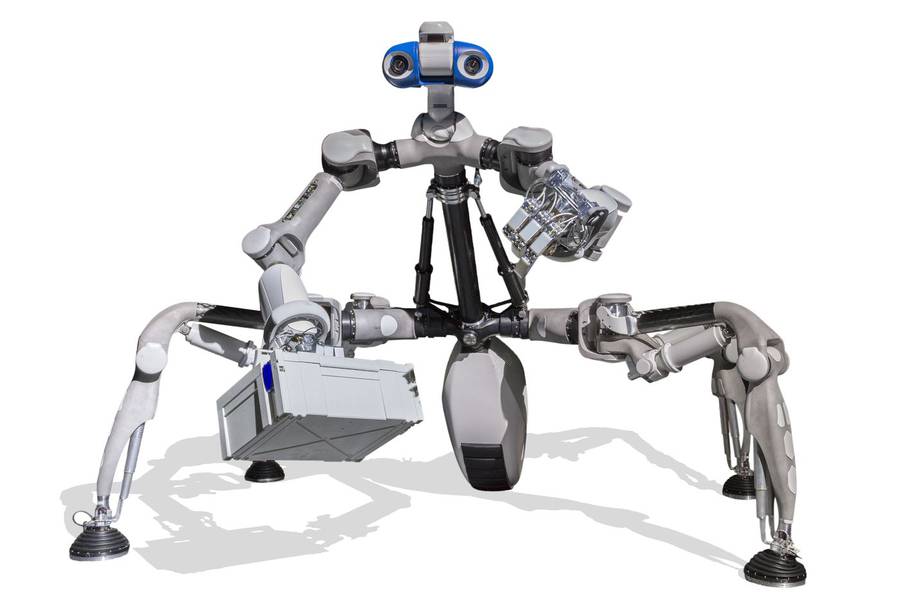Matt Vollrath and Wojciech Ziniew work at an ecommerce consultancy called End Point, where they provide support for Liquid Galaxy; a product that’s almost as cool as it sounds. Originally an open source project begun by Google engineers on their twenty percent time, Liquid Galaxy is a data visualization system consisting of a collection of large vertical displays that wrap around you horizontally. The displays show an immersive (up to 270°) image that’s ideal for data presentations, virtual tours, Google Earth, or anywhere you want a visually engaging environment. Think events, trade shows, offices, museums, galleries, and the like.
Last year, End Point decided to take all of the ad hoc services and protocols that they’d been using to support Liquid Galaxy and move everything over to ROS. The primary reason to do this was ROS support for input devices: you can use just about anything to control a Liquid Galaxy display system, from basic touchscreens to Space Navigator 3D mice to Leap Motions to depth cameras. The modularity of ROS is inherently friendly to all kinds of different hardware.
Check out this week’s ROSCon15 video as Matt and Wojciech take a deep dive into their efforts in bringing ROS to bear for these unique environments.
Next up: Tom Moore (Clearpath Robotics)
